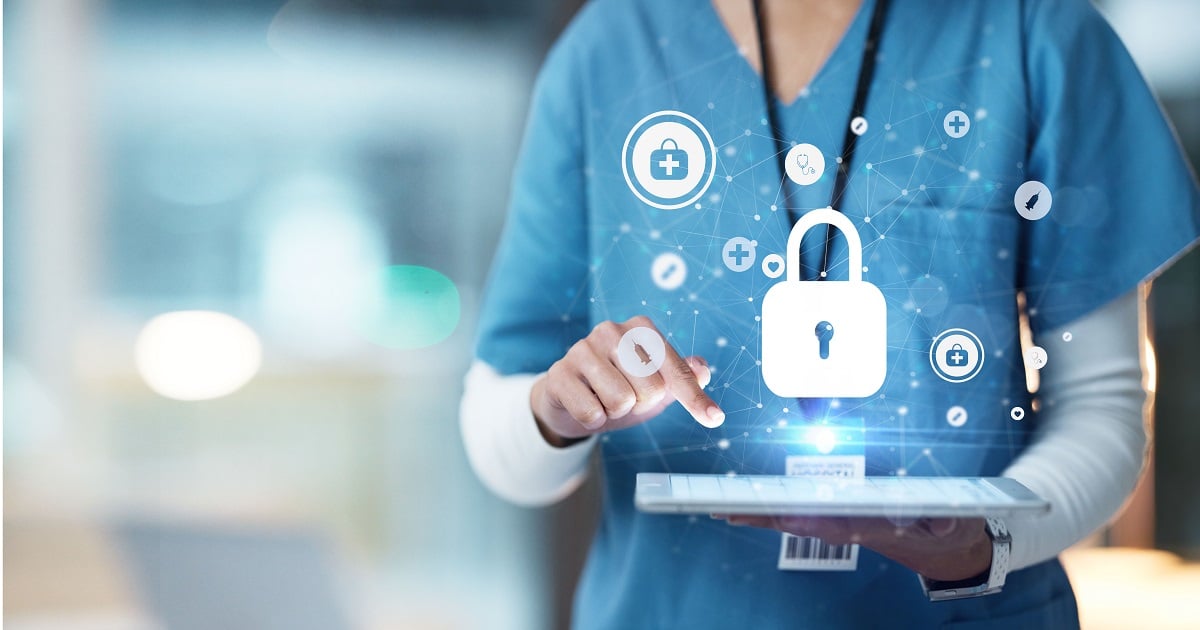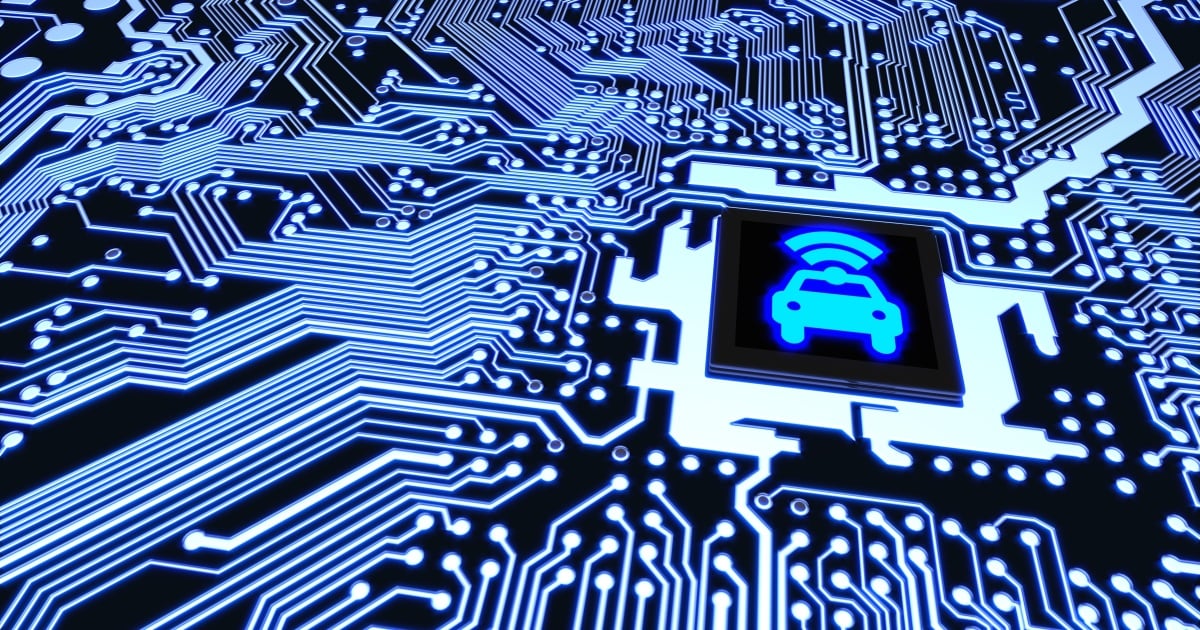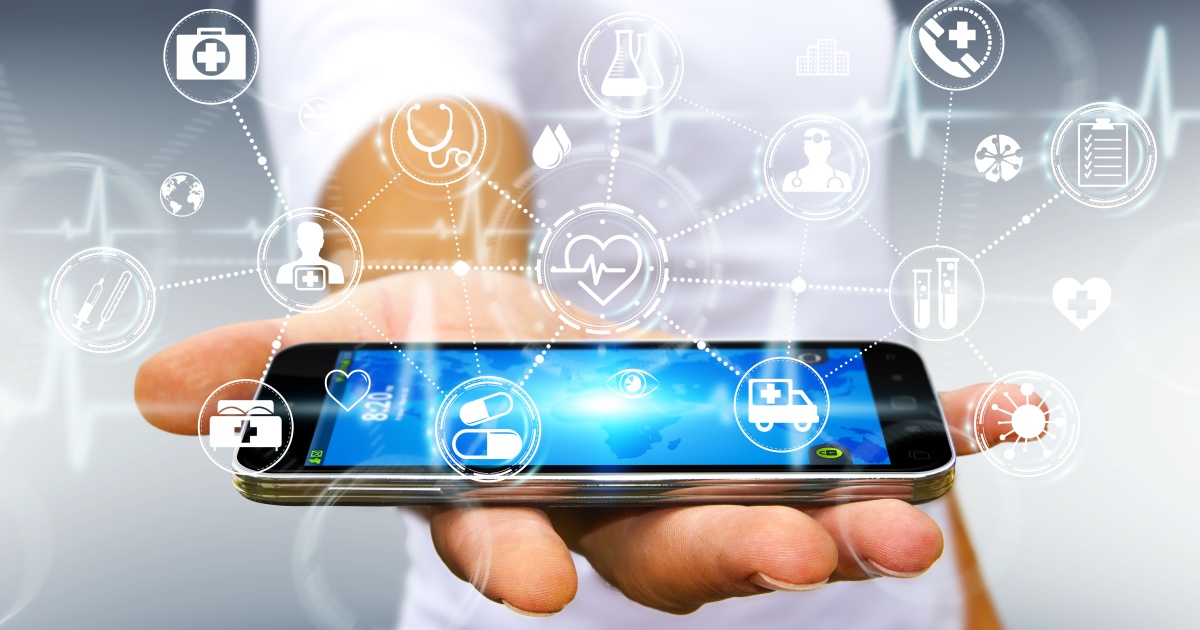
By 2030, every “Baby Boomer” will be age 65 or older, putting increasing stress on healthcare systems, and driving up the cost of care more individuals become eligible for Medicare.
According to a study by the Kaiser Foundation, older adults in the U.S. already account for the largest percentage of healthcare spending, with 15% of the population driving 34% of total costs.
"The aging of baby boomers means that within just a couple decades, older people are projected to outnumber children for the first time in U.S. history," wrote Jonathan Vespa, a demographer with the U.S. Census Bureau. "By 2035, there will be 78.0 million people 65 years and older compared to 76.7 million (previously 76.4 million) under the age of 18."
As the population itself grows, so does the lifespan in the U.S., despite a recent drop in life expectancy of approximately one year according to The Centers for Disease Control and Prevention, a least in 2020.
At the intersection of a higher number of aging adults, and longer life expectancy, innovation in connected, remote care is flourishing, and among the most avid supporters of solutions like Remote Patient Monitoring are federal government institutions including social security and the Veterans Administration as they are feeling the pressure to provide care while reducing the cost per patient.
Long-term healthcare is top of mind for these institutions, for healthcare providers, and health insurance companies, which is driving dramatic growth in the U.S. home care market, forecast to grow from $100 billion in 2016 to $225 billion by 2024.
“Healthcare costs are increasing, and we need to adapt to serve older adults, and with Remote Patient Monitoring technologies, we can make real progress in improving the economics while also addressing the growing desire to age in place,” said Peri Avitan, founder and CEO of LiveCare and the inventor of the Link+, the very first (Proprietary) Smart Home Medical Gateway. The Link+ is uniquely designed to connect the elderly population with their HealthCare providers by collects vital data automatically from all the home medical devices & other home sensors.
LiveCare, which recently closed an additional funding, with BRM Capital as the lead investor, is generating millions in revenue given the intuitive nature of the patient experience.
“After studying the market, and spending time with older patients to understand what would drive up compliance rates, especially for those with chronic conditions, we developed a single, visually appealing gateway which connects to a r 4G network out of the box. We are intentionally device and vendor agnostic so health care providers can select whichever devices make sense for the patient and are compliant with local regulations and have a growing library of connectors via our API free service so the minute the device is turned on, it registers to the gateway and therefore the cloud service.”
The software engineered by LiveCare provides “touchless” services – there is no need to turn a device on, conduct the test, then turn the device off. “A typical 85-year-old patient has enough to worry about,” Avitan said, “so we spent a great deal of time understanding human factors. With a solution that ‘just works’ out of the box and in perpetuity, compliance is over 80%, compared to 25% using complicated alternatives which can confuse and frustrate patients.
LiveCare’s business approach supports “white label” solutions, making it possible for medical practices, assisted living and skilled nursing facilities, medical contact center service providers, telemedicine companies and others to create their own solutions with LiveCare’s gateway and peripherals built in.
One such company is PrimoCare, which leverages LiveCare’s hardware, firmware and software and offers the actual 24/7/365 professional staff – the human beings who receive the sensor-generated data securely into an application that includes notifications and alerts.
"Our approach to patient care seamlessly tracks your patients health changes and identifies early symptoms, said Jackielyn Harris, Chief Executive Officer of PrimoCare. “You gain real time actionable insights on your patients with informative biometrics, symptoms, activity level, pain while keeping proactive with their care management and helping decrease hospital readmissions."
PrimoCare works with telemedicine and telehealth companies to provide the LiveCare devices (rebranded as PrimoCare) and the monitoring service for RPM and Chronic Care Management (CCM). One such company is TeleMedCo, which has created a universal platform which they are able to also rebrand for healthcare providers, including United Hebrew, an assisted living and skilled nursing provider headquartered in New Rochelle, New York.
"The current bill for healthcare in the US is at $4.3 trillion, with seventy-five percent of that going to chronic care,” said Barry Solomon, co-founder of TeleMedCo. “This is unsustainable without sinking individuals and businesses. We embrace this program because it addresses this critical economic need and does so with the benevolent outcome of improving health and wellness for the entire population."
According to Avitan the creative use cases for LiveCare are continuing to expand. “We’re honored to support the entrepreneurs who are as passionate as we are about finding a better, less expensive and more efficient way to deliver quality care remotely. We have been continually impressed by the different approaches and business models our clients, like PrimoCare and TeleMedCo, are building as the digital healthcare ecosystem continues to grow in reach and scope.”
Timing is critical, as taxpayer dollars and private insurance premiums rise. Total national health expenditures are expected to reach $4 billion by 2020 and $5 billion by 2025, according to the U.S. Census Bureau and the Centers for Medicare and Medicaid Services. National health expenditures as a percentage of GDP hit more than 15% in 2016, and that figure will climb to 19.4% of GDP (approximately $6 trillion) in 2027, according to annual estimates from the Center for Medicare and Medicaid Services.
The aging population is keeping the pressure on.
“Another impending crisis we are in a position to address is the lack of caregivers need to meet the demand,” Avitan said. “Whether you’re a doctor, nurse, specialist, healthcare navigator, a visiting nurse, or a professional caregiver, having this data at your fingertips saves an enormous amount of time,” Avitan said. “Ultimately this is a productivity tool that also collects incredibly valuable data that the healthcare technology industry can use to analyze and understand trends in the aggregate.”
The growing older adult population equals higher patient volumes, which is throwing off the supply and demand balance. By 2025, U.S. providers will face a collective shortage of about 500,000 home health aides, 100,000 nursing assistants, and 29,000 nurse practitioners according to some estimates.
“More and more people wish to stay in their homes and age in place,” Avitan explained. “Working together, as a massive healthcare and technology ecosystem, we can make that possible for millions – here in the U.S. and globally.”
According to AARP, 87% of adults age 65 and older want to stay in their current home and community as they age.
Their children and spouses are also attracted to quality of life and care at home due to their out-of-pocket costs.
The U.S. Department of Health and Human Services shared a study in 2016 showing these costs on average run:
- $225 a day or $6,844 per month for a semi-private room in a nursing home
- $253 a day or $7,698 per month for a private room in a nursing home
- $119 a day or $3,628 per month for care in an assisted living facility (for a one-bedroom unit)
LiveCare’s gateway and devices are paid 100% by Medicare, given the incentive to reduce costs. The solution also brings new revenues to practices and businesses when they add on services associated with the actual monitoring.
LiveCare’s devices include blood pressure, pulse oximeter, glucometer, weight scale, thermometer, ECG/EKG, medical wearables and soon, a digital stethoscope that records sounds which are converted to MP4 files.
Arti Loftus is an experienced Information Technology specialist with a demonstrated history of working in the research, writing, and editing industry with many published articles under her belt.Edited by
Maurice Nagle





